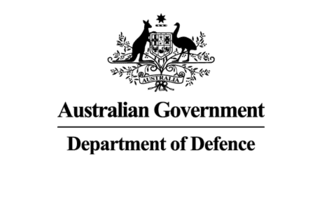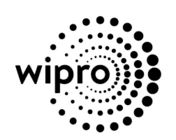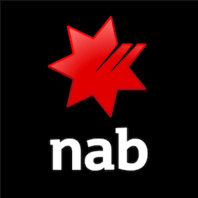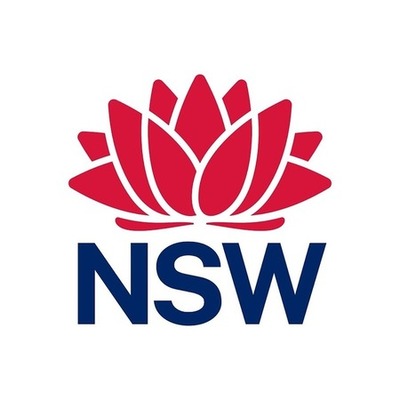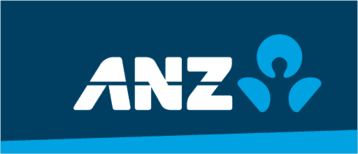

course overview
Overview
Learn how to use object-oriented techniques from requirements gathering to implementation. Students learn how to analyze and design classes and their relationships to each other in order to build a model of the business requirements
Audience
This course is intended for anyone involved in the production, deployment and maintenance of software.
Skills Gained
Prerequisites
Familiarity with software development in general is helpful. Duration Two days.
Outline
Outline of Introduction to OO Analysis and Design Training 1. Overview of OOAD
2. Requirements Workflow
3. Use Case Development
4. Analysis Workflow
5. Class Identification
6. Class Relationship Analysis
7. Design Workflow
8. The Software Development Process
9. The Software Development Project Life Cycle Using RUP
If you need training for 3 or more people, you should ask us about onsite training. Putting aside the obvious location benefit, content can be customised to better meet your business objectives and more can be covered than in a public classroom. Its a cost effective option. One on one training can be delivered too, at reasonable rates.
Submit an enquiry from any page on this site, and let us know you are interested in the requirements box, or simply mention it when we contact you.
All $ prices are in USD unless it’s a NZ or AU date
SPVC = Self Paced Virtual Class
LVC = Live Virtual Class
Our clients have included prestigious national organisations such as Oxford University Press, multi-national private corporations such as JP Morgan and HSBC, as well as public sector institutions such as the Department of Defence and the Department of Health.





